-
Posts
154 -
Joined
-
Last visited
-
Days Won
3
Content Type
Forums
Detector Prospector Home
Detector Database
Downloads
Posts posted by Bear
-
-
This story is facinating. I also enjoyed the previous posts from Steve' Journal about the area as well. Can't wait to see what was produced this summer.
I have read a lot about that area and others in the eastern Alaska Range with a lot of placer gold. Except for Nabesna which had limited placer production there are not a lot of productive lodes. Some day I would like to focus on some of those areas.
Those claims are tempting but I right now I don't have the time (or the money).
-
I found that the basalt bedrock in the immediate Chicken area was really hot. In my early days in AK with a GP extreme I was able to find nuggets while the other guys that detected around me had difficulty with VLFs. I have taken the SDC out there a couple of times and it really shined. I have never found a nugget on Jack Wade though, just a lot of trash.
-
When I was younger mostly prospecting out west, Magnificent Quest and Advanced Prospecting and Detecting for Hard Rock Gold are two incredible books that really helped me out. It seemed those two books fit the areas I was working exactly.
When I ordered Magnificent Quest I was stationed in Ft Benning so when I got the book it had a personnel note from Jim with some info about his service in the Army. I thought that was pretty cool.
-
Sorry to hear about your dad.
No dredging here yet. It has been such a late spring. Once it finally warmed up there was so much snow the rivers are full. I probably won't be able to get out for another couple weeks. I am going to take a drive this weekend to check it out though.
JW, I really need to get into the manual more and watch some videos. I like following your adventures and now with Simon it's even better!
-
Nice little nugget and great pictures. How did your spring mining go?
With all of the pictures of the little stuff people are finding that detector is going to shine south of Anchorage. I may need to get down there for a weekend
-
-
Last week I went to get my Alaska dredging permits. Usually they give you the diverge permit when you get the Habitat Permit for the Fish and Game. When I got there they informed me I had to go to the Department of Environmental Conservation for the diverge permit where I had to pay $25.
So it begins
-
I used a Proline blue pan for years but now I love the estwing blue pan.
-
Congrats. I would leave that nugget just the way it is!
-
I will take one. PM on the way
-
-
I have been meaning to post this for a while. The best knee pads I have found for diving is baseball catchers gear. They protect the bottom of your suit, comfortable and easy to put on. I have been using this pair for years. I covered exposed threads along the plastic with expoxy but next time I think I would use JB weld so it would stick better.
-
Quite a few years ago I was present when an 8" washed away during flood. It was tied off with ropes but the dredge was huge. It broke the ropes and washed roughly a mile down stream. Since then I have been paranoid so use a cable on the front end either to trees or to dead men made out of old axels. When I tie off to trees I connect the cable to polyester straps as to not damage the trees. I always tie one end of the back off with a rope to hold the dredge in place to manage tailings. On the running end of the cable I use a haven grip to adjust the length of the cable.
-
I was there at the beginning of October and they had everything I was looking for.
Thanks Brian
-
I am done, I had to go to school for almost the whole month of September. And now I have chores keeping me busy.
-
Much like the recent article in ICMJ I am going to build a rock sled for dredging. I am going to use a piece of plastic to mold it and pull it with an atv which. When I get started I will post pics in a thread.
-
Sjmpainter,
That's some nice gold, congrats. Now that it is cold in Fairbanks area I kind of wished is was back in Anchorage. These are the same two that I sent you a picture of before but here they are for the group.
I dredged these two in August after arriving back in AK. Found them the last two days of my trip. Together they are 3.9 grams.
-
Since we are talking about breaking bedrock the best tool that I have found for under water work is the crackjack. It is essentially a slide hammer. I used it a lot in Georgia where there are a lot of bedrock shoals which basically are reefs. The water was somewhat fast so swinging a hammer to hit a bar under water did not work out so well.
The rubber mallet is crutial to get plugs out of the hose. I have seen some guys use dead blow hammers but I haven't tried it.
Most dredgers I have met spray paint their tools orange for visibility. I recently sprayed these with tool dip. I can already see the downfall to this because once it starts to peel it will completely come of. Even if the surface is prepared by cleaning and scuffing. Either way I think the top dip will be easier to grab the tools underwater.
-
Thanks Steve. It works great on rotten bedrock as I said in other post.
Tom, yes I blast and suck at the same time. I don't have any recent pictures using the handle but in this one that I posted before I am standing on bedrock working in a old open mine cut.
I have used the hydro force nozzles on a 3" highbanker. I thought it worked pretty good and moved a decent amount of material
-
-
I am inspired to write this post by sjmpainter and his recent dredging expedition. It looks like so much fun.
The intent is to share dredging tips, practices and modifications. Currently I am going through my equipment in preparation to move back to Alaska this summer.
So I will start with business end. I put an extension on all dredge nozzles to give leverage to maneuver. I have seen many variations but all of them that I have built are made from aerators because I liked the shape. One of these is on a 6" and the other is on a 4".When I first decided to do this it was because I was mining in an open cut where all the work is done by feel standing up. I used to take them off for river dredging but now I leave them on all of the time. -
Nice, that is still some good gold for the first time out this year. It will only get better!!
Sliding dredges on snow is pretty easy, just like a sled. The runners on the bottom keep it going straight.
-
I knew a couple before that had a Dalke Dredge with the two get. It was a 5" with if I remember a 8hp. They said it had a lot of suction and I know they didn't run it that hard at all.
I have a 6" like sjmpainter with plent of power. I had guys tell me before that a 6" needed 9hp motors but currently I don't see the benefits with cost and weight.
They would be nice in deeper water with a longer hose.
-
I have found gold in Alaska, Wyoming, Georgia, South Dakota, Montana, Colorado, Nevada, Utah, and New Mexico.
With a detector I found nuggets in only Alaska, Wyoming and most recently New Mexico. I did find nuggets in Montana and Georgia that are big enough to detect but I found them either dredging or highbanking.
I tried extremely hard to detect a nugget when I lived in Georgia but they eluded me.


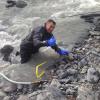
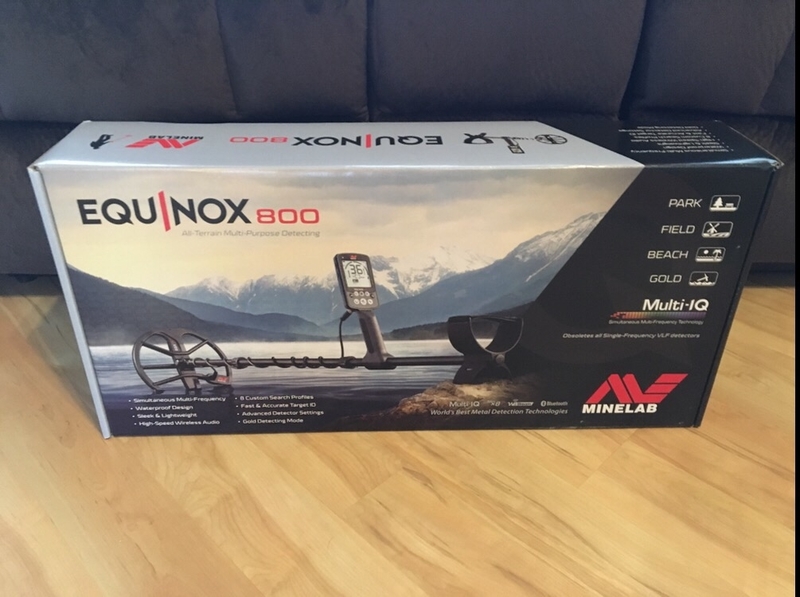
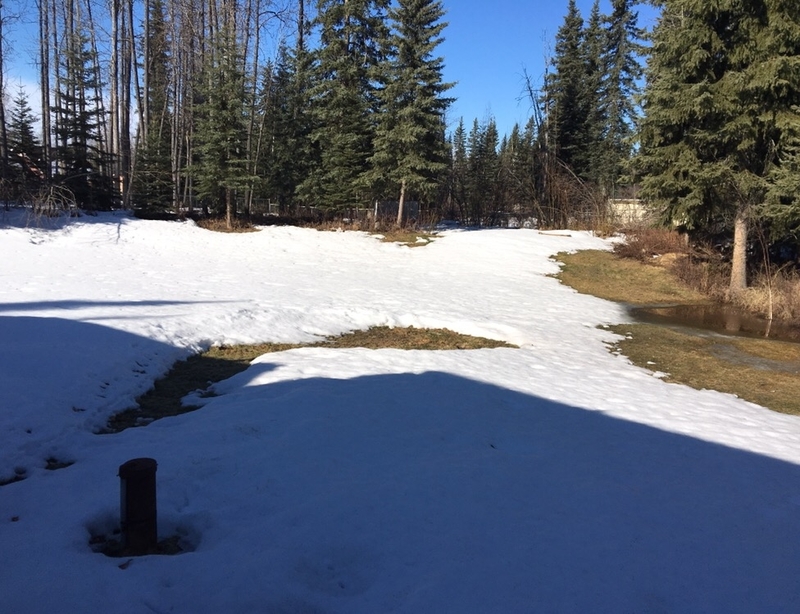
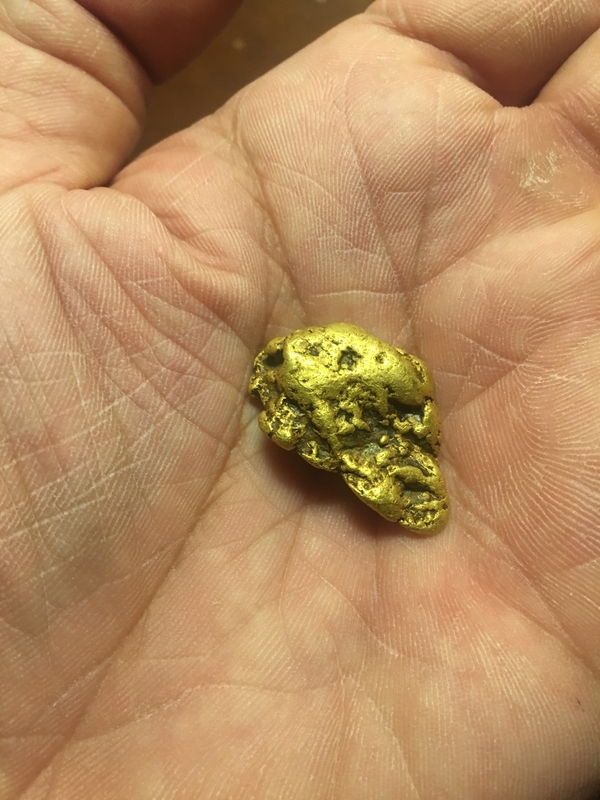
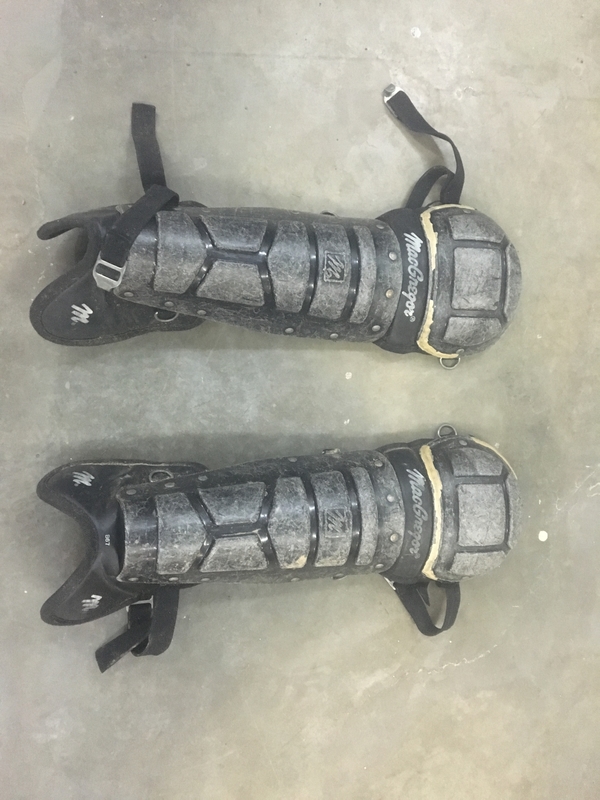
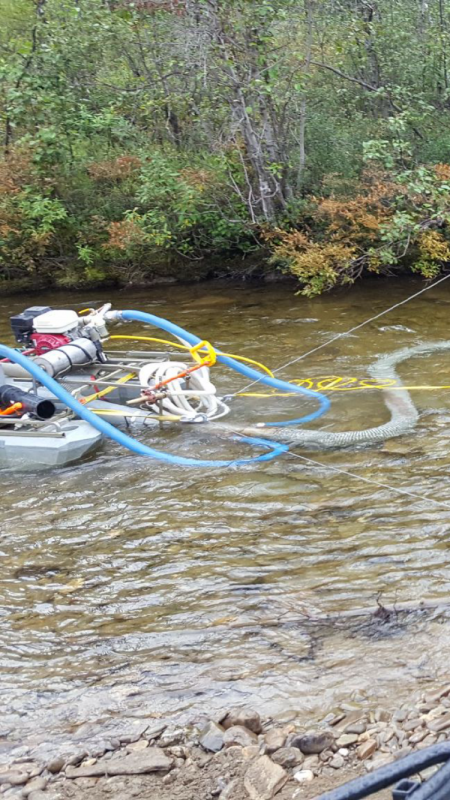
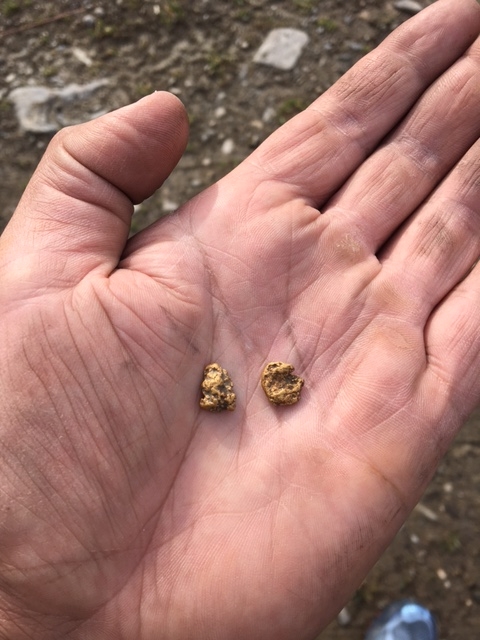
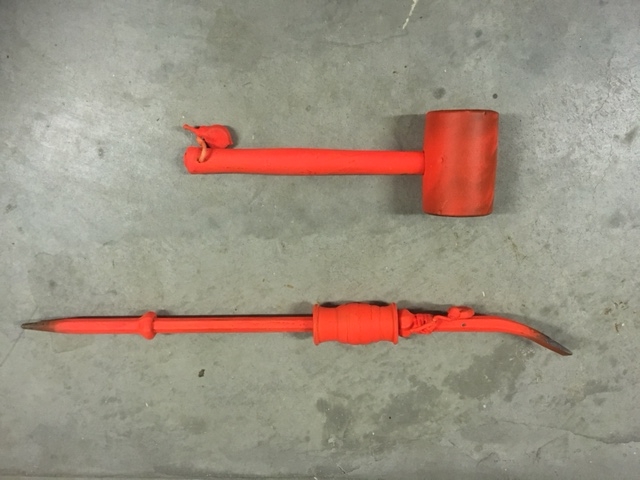
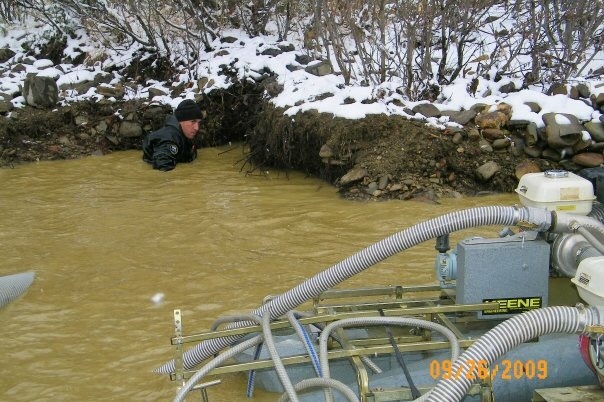
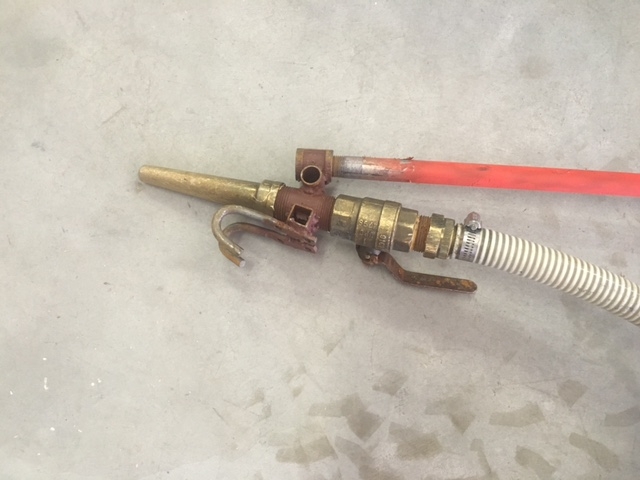
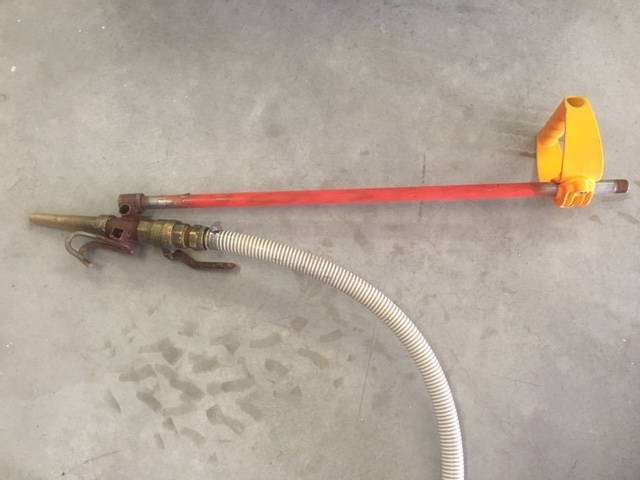
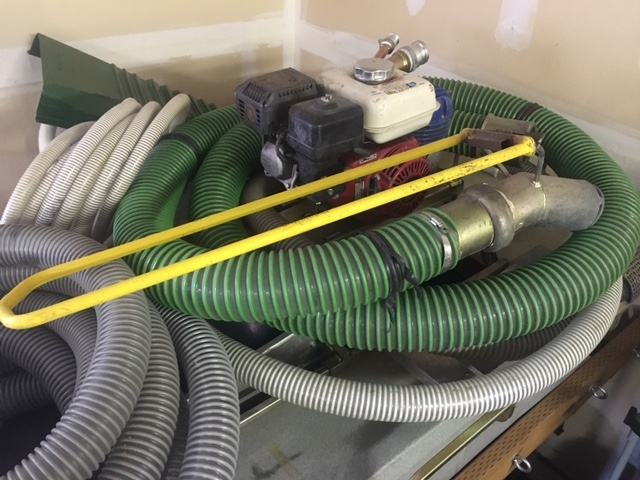
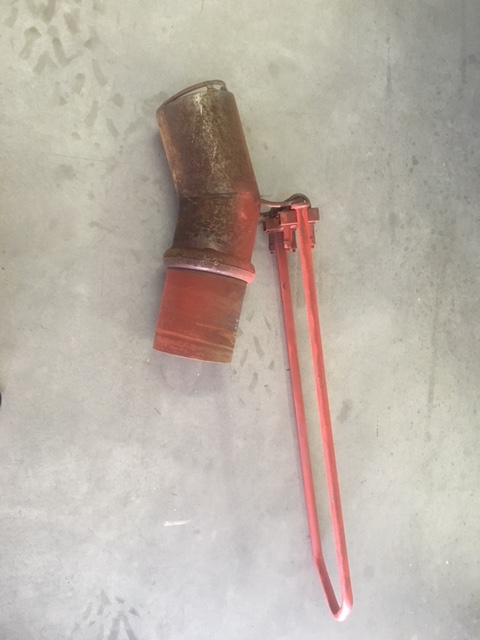
One Of My Favorite Finds When Hunting Gold Years Ago
in Detector Prospector Forum
Posted
Those are cool finds.
Dahlonega is a neat area. I lived there for a little over a year while I was instructor at Camp Merrill. Lots of mining in the area of both gold and copper from 1828 to the present. There are four periods of heavy placer mining. The initial rush, after gold was discovered in California and new techniques were brought back, the Derepression with more modern equipment and the late 1970s/1980s. I detected quite a bit but only found a lot of junk. I also dredge all kinds of stuff out of the Etowa and the Yahoola but nothing cool except for a lot of amalgam and a few small nuggets. Anything that was iron was just a conglomerate of rust and rocks.
The best was most of the year I didn't need to wear a wet suit, the water was so hot.